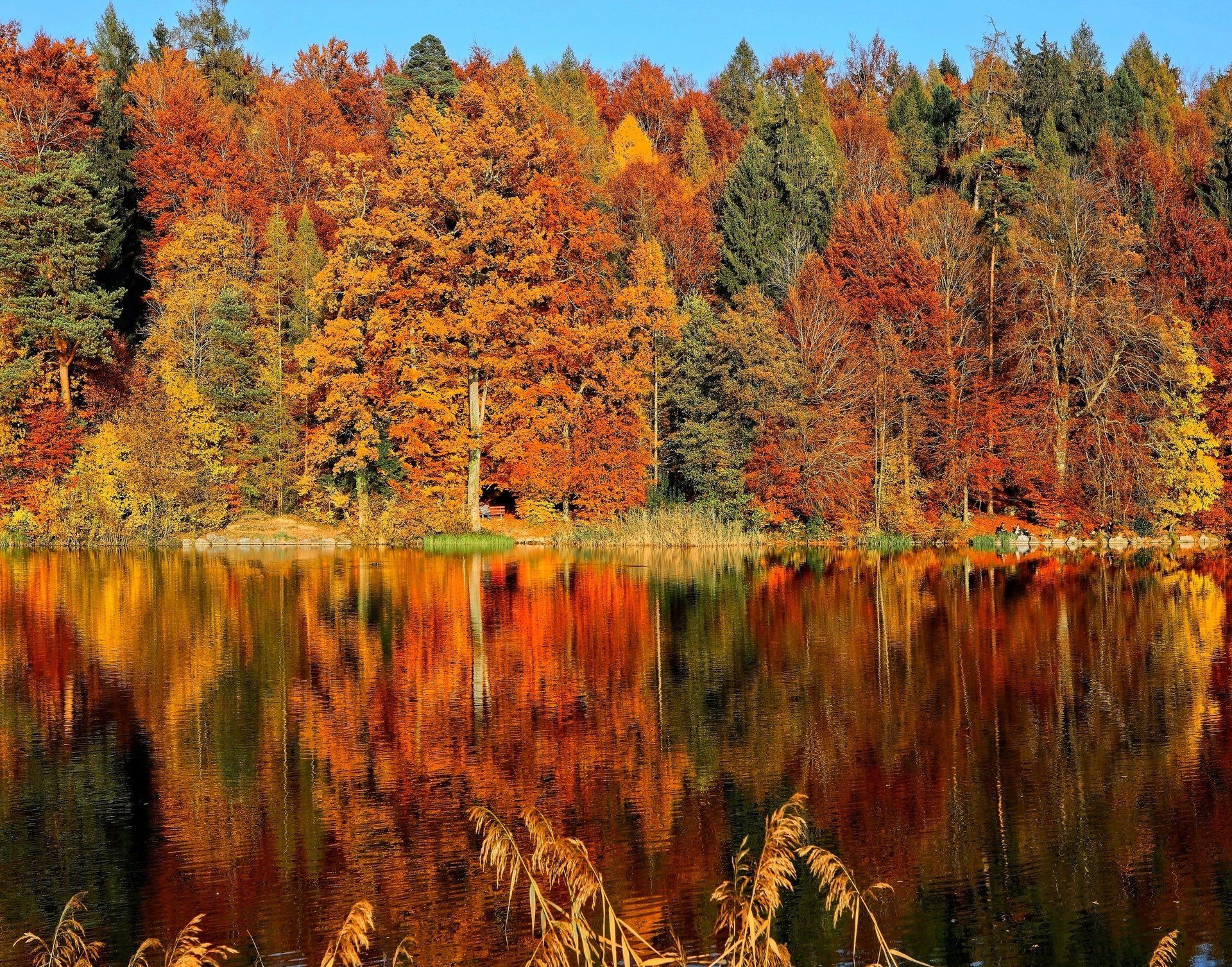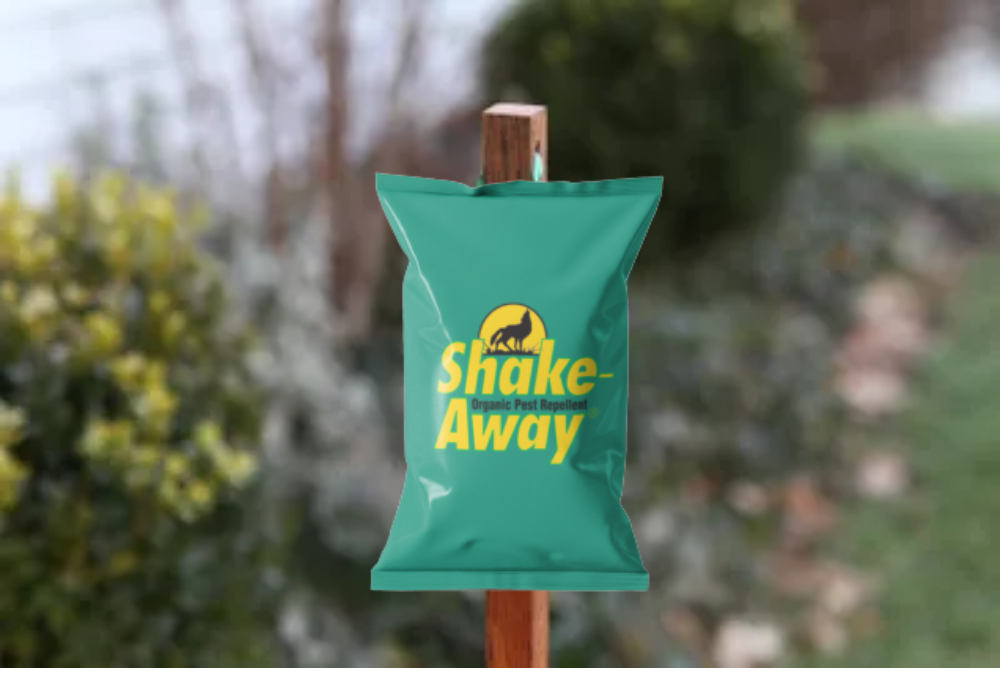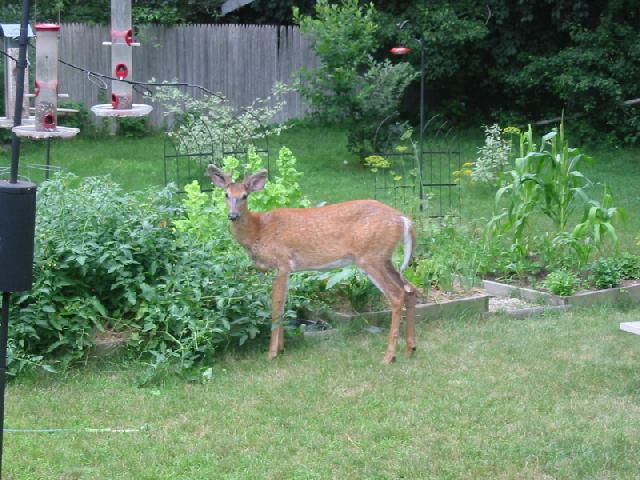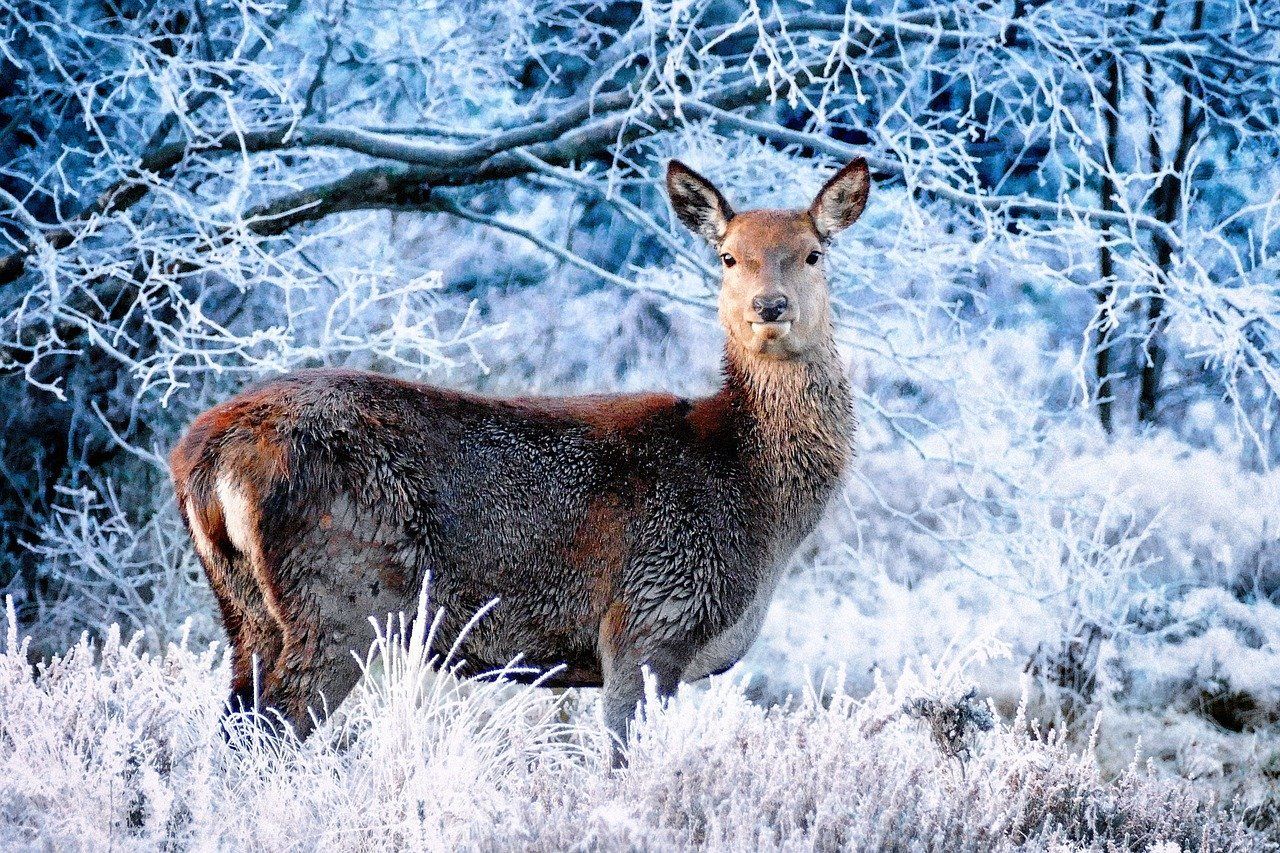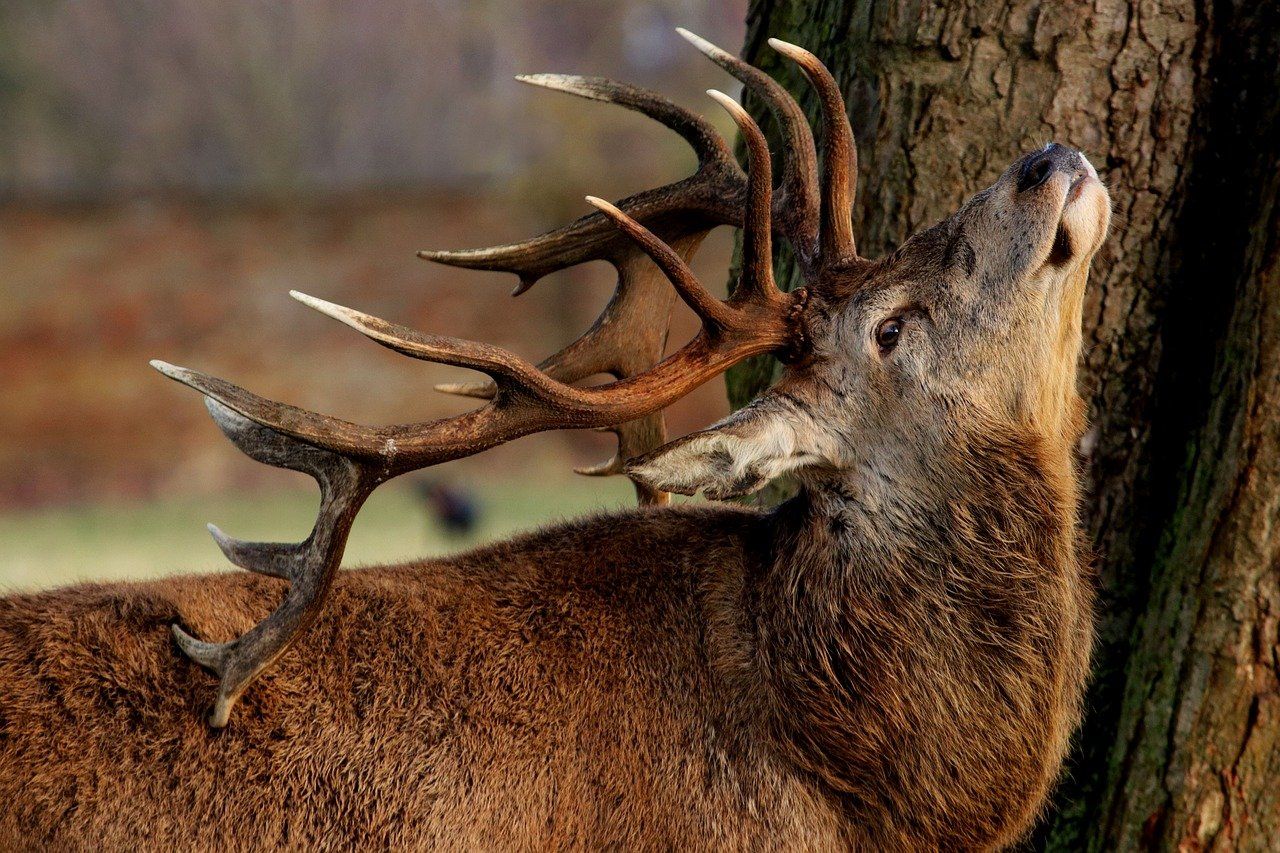A Winter Day in the Life of a Deer
Both Bucks and Does Face Hardships In Winter
Ever wonder what is going on with deer during the winter? Unlike a lot of other mammals, they do not hibernate and have to live their lives through the harsh months even when there seems to be no food. Understanding typical winter deer behavior will depend on whether you are talking about males (bucks) or females (does). Since bucks and does do not generally live together, each one has its own behaviors and routines through the winter.
We don't take fawns into account for daily behavior because young deer are born in the spring. That means when talking about winter activity, there are no really young fawns to speak of as they are all close to a year old. At this point of the year, female fawns are traveling with the older does, and males would be classed as young bucks. So what do these two groups of deer do through the day?
Female Deer: Does
Does are somewhat social and will live in small groups of other female deer. A typical day is spent looking for food as well as unfrozen water, and keeping an eye out for hungry predators. Mature does are almost certainly pregnant during the winter, and are not as quick on their feet. They will stay close to the sheltered area they have settled in, and not do very much traveling until dusk. As the sun goes down, its safer for movement and that is when you'll see deer getting more active.
Male Deer: Bucks
Males are mostly solitary in the winter, but older bucks may be living with other young males. Competition between them doesn't heat up until the autumn mating season, particularly if the males are still immature from the previous years fawning period.
** 100% Weather Proof Deer Repellent - Get It Here **
In many ways, they live their daily winter lives just like the does: looking for food and simply trying to survive the winter. You can expect to see them most active at dusk as well, though they are a little bolder overall and can be moving around at more times through the day.
Problems with Deer in Winter
If you are interested in deer behavior because you are trying to deal with them coming onto your property during the winter, there are some practical steps you can take.
First of all, cover up or remove any tempting greenery or open water that might bring in the hungry deer. This is a very good prevention method that works best in the winter. Once the snow melts away, it can be next to impossible to actually cover up all your plants and trees.
Besides that, use an all-weather deer repellent product that mimics the scent of predators. Nothing will scare away deer at this time of year like the fear of a coyote, because running to safety in the snow is difficult. Adding granular repellent packs along the border of your property should protect your space for most of the winter (day or night).





